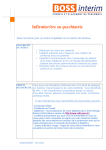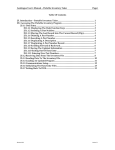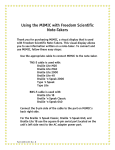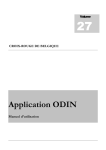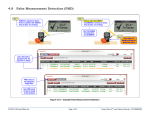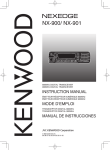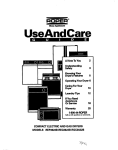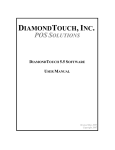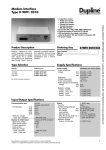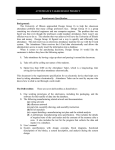Transcript
Wireless 9-1-1: Hundreds of Millions Served The 9-1-1 service was created in the United States in 1968 as a nationwide telephone number for the public to use to report emergencies and request emergency assistance. It gives the public direct access to an emergency communication center called a Public Service Answering Point, which is responsible for taking the appropriate action. The numbers 9-1-1 were chosen because they best fit the needs of the public and the telephone companies. They are easy to remember and dial, and they have never been used as an office, area or service code. Today, an estimated 200 million people call 9-1-1 each year. At least 99 percent of the population and 96 percent of the geographic United States is covered by some type of 9-1-1 service. According to the Federal Communications Commissions (FCC), over 50 million people now use wireless phones to call 9-1-1. That is more than double the number who used wireless phones to activate EMS in 1995. However, because wireless phones are not associated with one fixed location or address, it can be difficult for call takers to accurately determine the location of the caller or the emergency. To help the call taker find your location if you call 9-1-1 on a wireless phone, it is important to remember the following tips: Tell the call taker the location of the emergency right away. Give the call taker your wireless phone number so that he or she can call you back if the call gets disconnected. This is especially important if you do not have a contract for service with a wireless service provider, because in these cases the call taker will have no way of obtaining your wireless phone number and will not be able to contact you. Learn to use the designated number in your state for highway accidents or other nonlife-threatening incidents. States often reserve specific numbers for these types of incidents. For example, “#77” is the number used for highway accidents in Virginia. The number to call for nonlife-threatening incidents in your state may be located in the front of your phone book. Do not program your phone to automatically dial 9-1-1 when one button, such as the “9” key, is pressed. Wireless 9-1-1 calls often occur when autodial keys are pressed unintentionally. This causes problems for emergency service call centers. If your wireless phone came pre-programmed with the autodial 9-1-1 feature already turned on, turn this feature off. Check your user manual to find out how. Lock your keypad when you are not using your wireless phone. This action also prevents accidental calls to 9-1-1. SOURCES: DISPATCH Monthly Magazine, www.911.dispatch.com. Accessed 6/24/04. Federal Communications Commission, www.fcc.gov/911/enhanced. Accessed 6/24/04. National Emergency Number Association, www.nena.org. Accessed 6/24/04. For more information, contact your local American Red Cross chapter or visit www.RedCross.org today.
